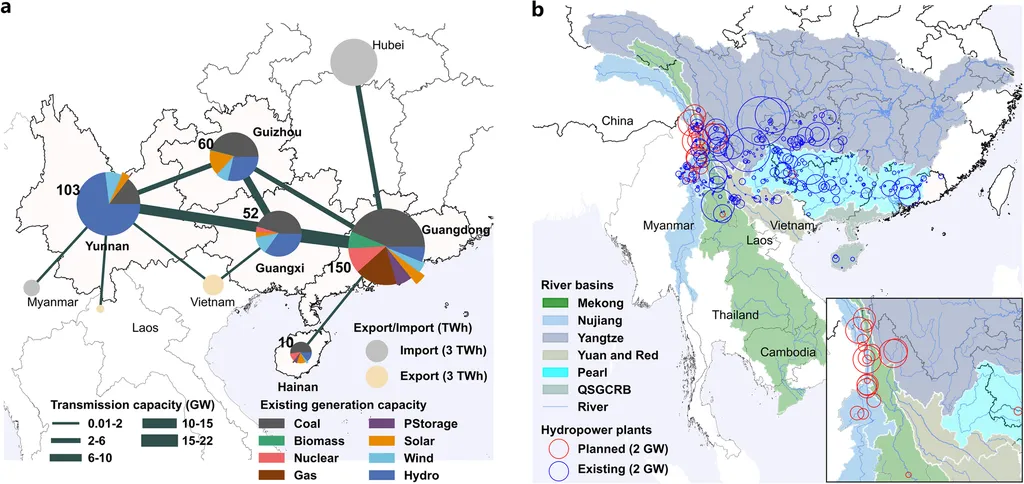In the rapidly evolving energy sector, a groundbreaking study published in the journal “IEEE Access” offers a novel approach to energy management that could reshape how smart energy hubs (SEHs) interact with users, leveraging the power of the Internet of Things (IoT) and energy storage systems. The research, led by Jinyong Lei from the Electric Power Research Institute at China Southern Power Grid in Guangzhou, China, introduces an optimization method that promises to enhance efficiency and profitability in integrated energy systems.
At the heart of this study is the application of a Stackelberg game model, a strategic framework where the SEH acts as the leader and users as followers. This model, combined with a double-layer algorithm, aims to optimize energy management by considering the influence of energy storage. “The integration of IoT and energy storage in our model allows for real-time information exchange and dynamic energy management,” Lei explains. “This not only improves the overall efficiency of the energy system but also enhances the profitability for both the SEH and the users.”
The study constructs detailed models of the SEH and users, taking into account the complexities introduced by energy storage. By simulating these interactions, the researchers demonstrate how the proposed method can lead to more effective energy management. “Our results show that the method can significantly improve the coordination between the SEH and users, leading to better energy utilization and cost savings,” Lei adds.
The implications of this research are far-reaching for the energy sector. As smart energy hubs become more prevalent, the ability to optimize energy management through IoT and energy storage could revolutionize how energy is distributed and consumed. This could lead to more resilient and efficient energy systems, reducing costs and improving sustainability.
Moreover, the application of the Stackelberg game model in this context provides a strategic framework that could be adapted to various energy management scenarios. “The double-layer algorithm we proposed can be easily scaled and applied to different types of energy systems, making it a versatile tool for energy optimization,” Lei notes.
The study’s findings were published in the journal “IEEE Access,” a prestigious platform for cutting-edge research in electrical engineering and related fields. As the energy sector continues to evolve, the insights from this research could pave the way for more intelligent and efficient energy management systems, ultimately benefiting both providers and consumers.
In an era where the demand for sustainable and efficient energy solutions is growing, this research offers a promising path forward. By harnessing the power of IoT and energy storage, the energy sector can move towards a more integrated and optimized future, ensuring a reliable and cost-effective energy supply for all.

